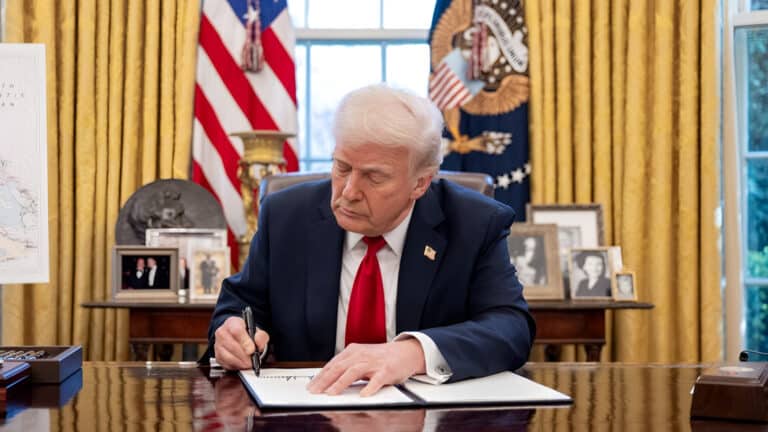In Kyrgyzstan, the dollar rate was quite the same during the entire month of January. During eleven days of the month, one US dollar cost 84.8 Kyrgyz som. After a slight drop to 84.77 som, the USD rate reached 84.79 som. Regarding European currency, it cost 92.96 som per one euro as of January 1. Within two weeks the currency’s rate increased to 97.24 som and then started to decrease. As of January 31, one euro cost 94.43 som. The Russian ruble dropped as well. While it cost 1.14 som as of January 1, it reached 1.09 som by the end of the month.
In Uzbekistan, the USD rate went through ups and downs in January. As of January 5, one dollar cost 10.819 soʻm. Two days later it dropped to 10.805 and started to grow. As of January 13, it reached 10.860 Uzbek soʻm but then slipped to 10.815 at the end of the month.
The euro rate decreased as well. In early January one euro cost 12.228 soʻm. The rate surged to 12.449 soʻm within the first week but dropped to 12.040 in the last week of January. The condition of the Russian ruble was uncertain too. Even though its rate spiked sometimes, the currency dropped from 144.7 soʻm per one ruble at the beginning of the month to 138.8 soʻm at the end of January.
In Kazakhstan, the dollar rate increased in January. As of January 1, one dollar cost 431.8 Kazakh tenge. However, right after the January events in the country, the dollar rate started to grow. To stabilize the financial situation, the National Bank of Kazakhstan even intervened in trading sessions by selling $240 million on January 12-13. On January 26, however, the USD rate slightly increased to 435.2 tenge per dollar and dropped a little bit to 433.8 tenge per dollar at the end of the month.
On the other hand, January wasn’t so good for the euro in Kazakhstan. As of January 1, it cost 489.1 tenge per euro. The rate rose two weeks in a row to 498.2 tenge per euro and then started to decrease. As of January 31, the euro rate per tenge came to 482.8 tenge. The rate of the Russian ruble was unstable throughout January. At the beginning of the month, one ruble cost 5.76 tenge. On January 13 the rate rose to 5.83. On January 28 the ruble dropped to 5.5 tenge and rose to 5.57 by the end of January.
In Tajikistan, the dollar rate was stable in January and cost about 11.30 Tajik somoni during that month. The same can’t be said for the euro. The European currency rate in the country went up and down during the entire month. For example, as of January 1, one euro cost 12.79 somoni. On January 21, the rate slightly dropped to 12.82 and then to 12.59 somoni at the end of the month. The Russian ruble also lost a little bit in relation to the Tajik somoni. It dropped from 0.150 somoni in early January to 0.145 somoni at the end of the month.
In Turkmenistan, foreign currency rates do not change a lot. For instance, the dollar rate has remained steady for years and one dollar still costs 3.5 Turkmen manat. Since the beginning of 2022, the situation has not changed. Even though the official exchange rate for USD is 3.5 manat, the real value of the American currency on the black market is more expensive. As of January 2, it cost 20 manat while buying and 21 manat if you sell it. As of January 30, the rate of the currency while buying and selling was 20.7 and 21.2 manat respectively.
The euro in Turkmenistan went up and down as well. At the beginning of the month, one euro cost 3.97 manat. As of January 15, the currency rose to 4.01 manat but dropped to 3.97 again on January 31. The Russian ruble became weaker toward manat in January. It dropped from 4.67 per one hundred rubles on January 3 to 4.48 manat per 100 rubles on January 31.













